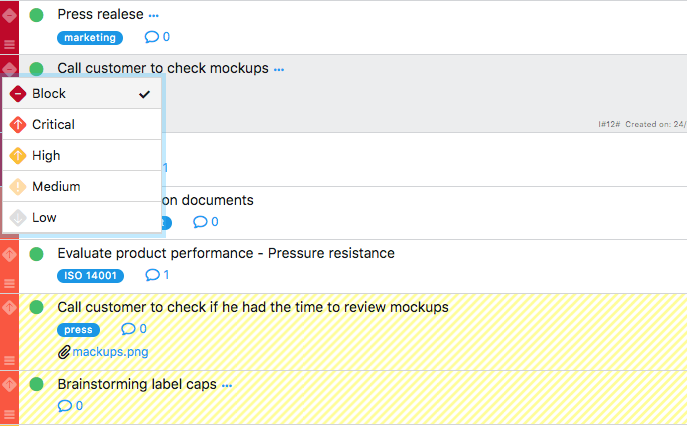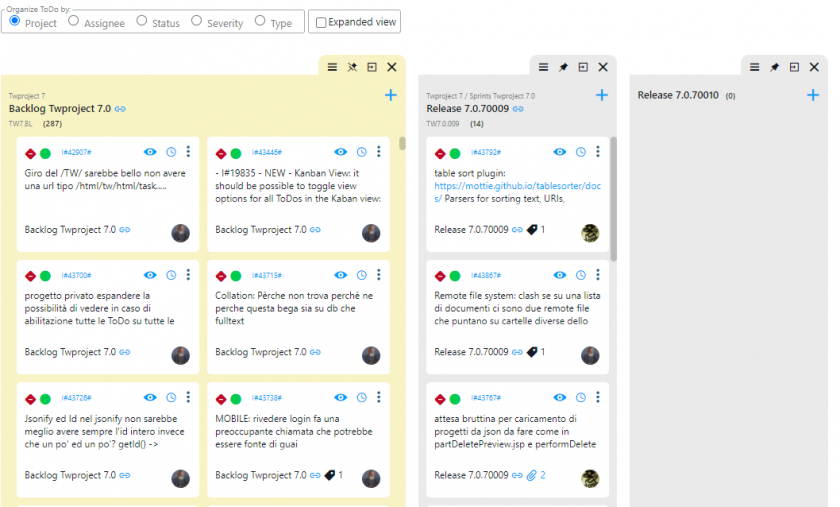Thanks to “to dos“, or the agile way of managing projects, some companies can revamp their products in a short period of time, while others spend years doing so.
CONTENT
Whereas teams that follow a “traditional” development process, such as the Waterfall, approach, will spend months or years building a product before showing it to users Agile methodology flips this process on its head.
The Project Management Institute found that Agile companies are 65% more likely to complete projects on time compared to 40% for traditional companies.
Agile project management is a product philosophy that is based on quick movement, frequent release, and learning from consumers. And it works, apparently.
So let’s take a look in this article at how the “to dos”, the agile way to manage a project, work.
What is agile project management?
Agile project management is an iterative approach to project management. It requires breaking down large projects into smaller, more manageable tasks that will be completed in short sprints.
Teams that embrace Agile methodology can accomplish their work faster. Not just that, they are also able to adapt to the ever changing requirements of a project and optimize their workflow.
They are also able to adapt to the changing requirements of a project and fine-tune their workflow.
As the name “agile” suggests, this methodology allows teams to be better prepared to be flexible and change direction quickly.
Software development companies and marketing agencies are the ones who implement this methodology. These Companies are, in fact, very aware of the changing trend of the market and stakeholders.
However, this does not mean that this approach cannot be applied to other industries as well.
The 4 core values of agile methodology
The Agile Manifesto states that this methodology follows 4 core values:
- People and interactions over processes and tools. As increasingly sophisticated as technology becomes, the human element will play a more important role in any type of project management. Relying too much on processes and tools will lead to an inability to adapt to changing circumstances.
- The working software over extensive documentation. No matter how important documentation is, working software is above it. This value is in providing team members with exactly what they need to get the job done, without burdening them.
- Customer collaboration over contract negotiation. Customers are among the most important assets of a company. Getting them involved throughout the project lifecycle ensures that the final product best meets their requirements.
- Responding to change as opposed to following a plan. This value is one of the greatest deviations from traditional project management. Traditionally, change was seen as an event to be avoided. In contrast, agile methodology allows for continuous change throughout the life of a given project. Each sprint provides an opportunity for review and adjustments.
Managing a project in an agile mode involves series of steps to arrive at the conclusion of the project starting from a list of requirements. The application of this methodology is much easier if you rely on software that helps you keep everything under control.

Manage projects in an agile way!
In Twproject you will find all the features you need to manage your projects following an agile methodology without losing flexibility and the overall status of the project.
Try Twproject nowThe 6 to dos of Agile methodology
Agile project management definitely does eliminate some of the structure and severity of traditional project management. However, that doesn’t mean there are no processes to follow.
Here are the 6 to dos of the agile way to manage a project:
1. Project planning
Just like any project, before starting, the team should have a clear understanding of the end goal. In a nutshell, it involves asking the question, “What is the end goal of this Agile project and how will it be achieved?” A project scope, can be developed at this point, but the purpose of using Agile management is to be flexible. Therefore, the project scope should not be considered immutable.
An essential aspect during this planning phase is the consideration of testing strategies. This suggests deciding whether the team will rely on manual, automation, or hybrid testing. In Agile projects, the team often opts for automation testing tools, ensuring seamless integration that aligns with the methodology’s iterative and flexible nature.
2. Product roadmap creation
A roadmap is a list of features that will eventually constitute the final product. You won’t plan each step in detail, but you will determine and roughly estimate timelines and efforts.
With Twproject you can define the roadmap using powerfull ToDo list that allows you to prioritize the activities and assign them to your team, also setting an effort.

3. Release planning
With traditional waterfall project management, there is a release date following the development of an entire project. Conversely, when following the Agile methodology, the project employs shorter development cycles, sprints, where features are released at the end of each cycle.
4. Sprint planning
Before every sprint begins, the parties involved must hold a sprint planning meeting. This is where what and how things will be accomplished by each party during that sprint is determined.
Using a flexible project management software such as Twproject, you can manage all customer requirements, dividing them into sprints, thanks to our multidimensional Kanban, which allows you to reorganize activities, even by status, priority and resource.

5. Daily meetings
To support the team in their planned work during each sprint and consider whether changes need to be made, short daily meetings, called stand-ups, are held. During these meetings, each participant will present a brief overview of what they accomplished the day before, what they will be working on that day, and if there are any setbacks that may impact the work.
6. Sprint review and retrospective
After the conclusion of each sprint, the team will participate in a retrospective meeting regarding the sprint. Here it will be discussed what went well, what could be improved, whether the workload was well distributed or not.
Higher quality output, happier customers and users, and better team morale: what agile methodology promises may sound too good to be true.
Also in this case Twproject comes to your aid, managing the meetings integrated with the project, also with the possibility of transforming the minute into practical things to do.
For agile project management to have a positive impact, you need support, compliance, and trained people in your team.
Also, implementing project management software that can support agile practices is paramount to achieving success.
Companies and teams that use agile methodologies correctly will experience huge benefits, including streamlined work processes and swift innovation, and you? Would you like a try?



